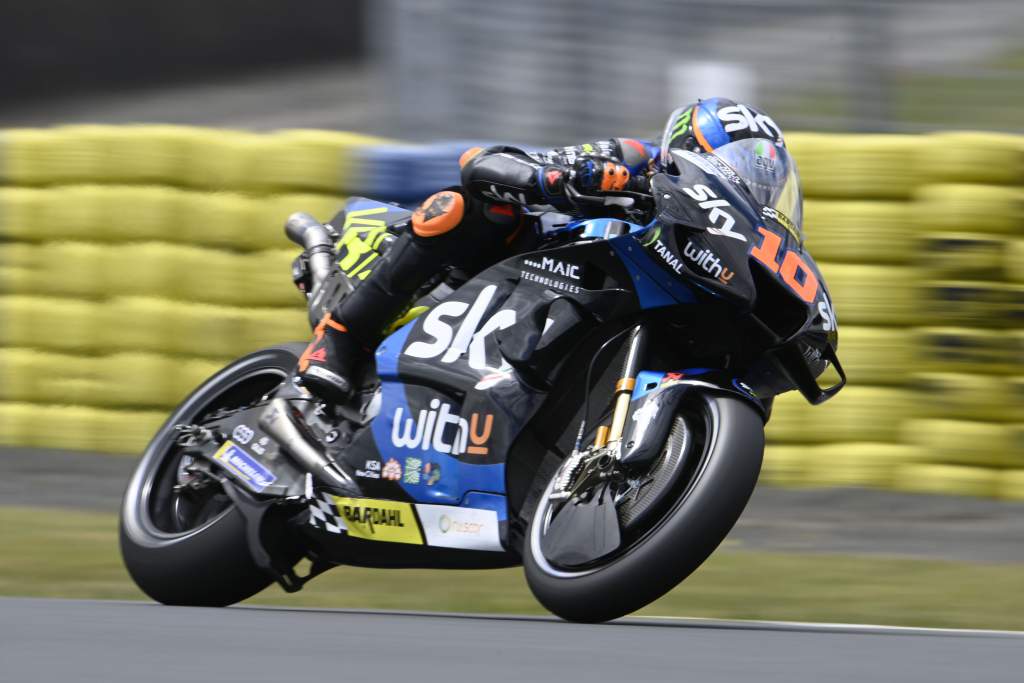For a number of years in MotoGP, there’s been something of a dearth of young Italian talent in a premier class once dominated by the country.
However, mainly thanks to the efforts of Valentino Rossi and his VR46 Academy, that’s slowly changing – but it’s setting up the 2022 silly season for something of a squeeze as riders try to find a seat in a high-stakes game of musical chairs.
For the past few seasons, Italian interests have been mainly represented by past Moto2 world champions Pecco Bagnaia and Franco Morbidelli.
Bagnaia, briefly the MotoGP title leader earlier this month, has proven himself in exceptional form by stringing together a standout start to 2021 with consistency if not outright speed on his factory Ducati.
Morbidelli’s breakthrough season came last year on his second-hand Petronas SRT Yamaha, with second in the championship and three race wins more than securing his reputation as a MotoGP contender.
But while the pair are hardly old men, at 24 and 26 years old respectively, there’s already a new wave of talent incoming – and between them all, it should secure something of a changing of the guard as Italy once again moves to overtake Spain as the dominant force in MotoGP.
Before that can happen, though, there’s the puzzle of who goes where next season to sort out.
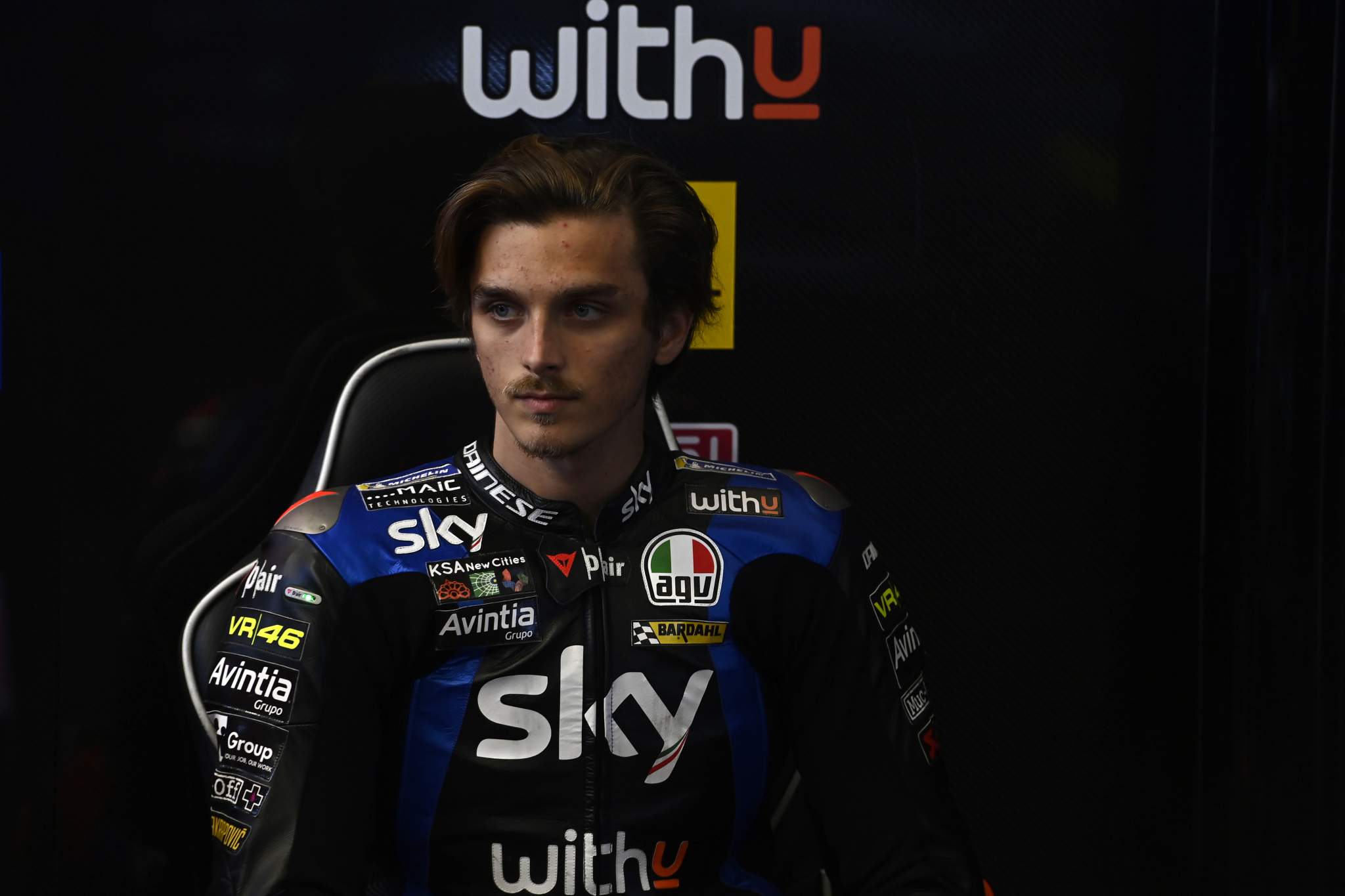
So far, the next wave is already represented in the premier class by Luca Marini and Enea Bastianini, last year’s Moto2 rivals who stepped up together as quasi-teammates on different-coloured machines within the Esponsorama Ducati team.
But that squad will disappear for next year, subsumed by its symbiotic partner Team Sky VR46. Backed by Saudi oil money, Rossi’s team will become a two-bike MotoGP effort, most likely on Ducati machinery, a deal that should be confirmed at the upcoming Catalan Grand Prix.
That news all but ensures that Marini, Rossi’s half brother, will maintain his ride there.
It’s on merit too, after a decent start to the season. As we expected from Marini based on his past trajectory, he hasn’t set the world alight and he’s instead slowly and quietly learned his trade – and is improving every time he jumps on the bike.
Outside the points for the first two races in Qatar as the long-limbed rider struggled to find an ergonomic position on the Desmosedici, Marini’s since then been in the points twice out of the past three races, making the sort of progress we expected from him – and that he’ll continue to make in a second year.
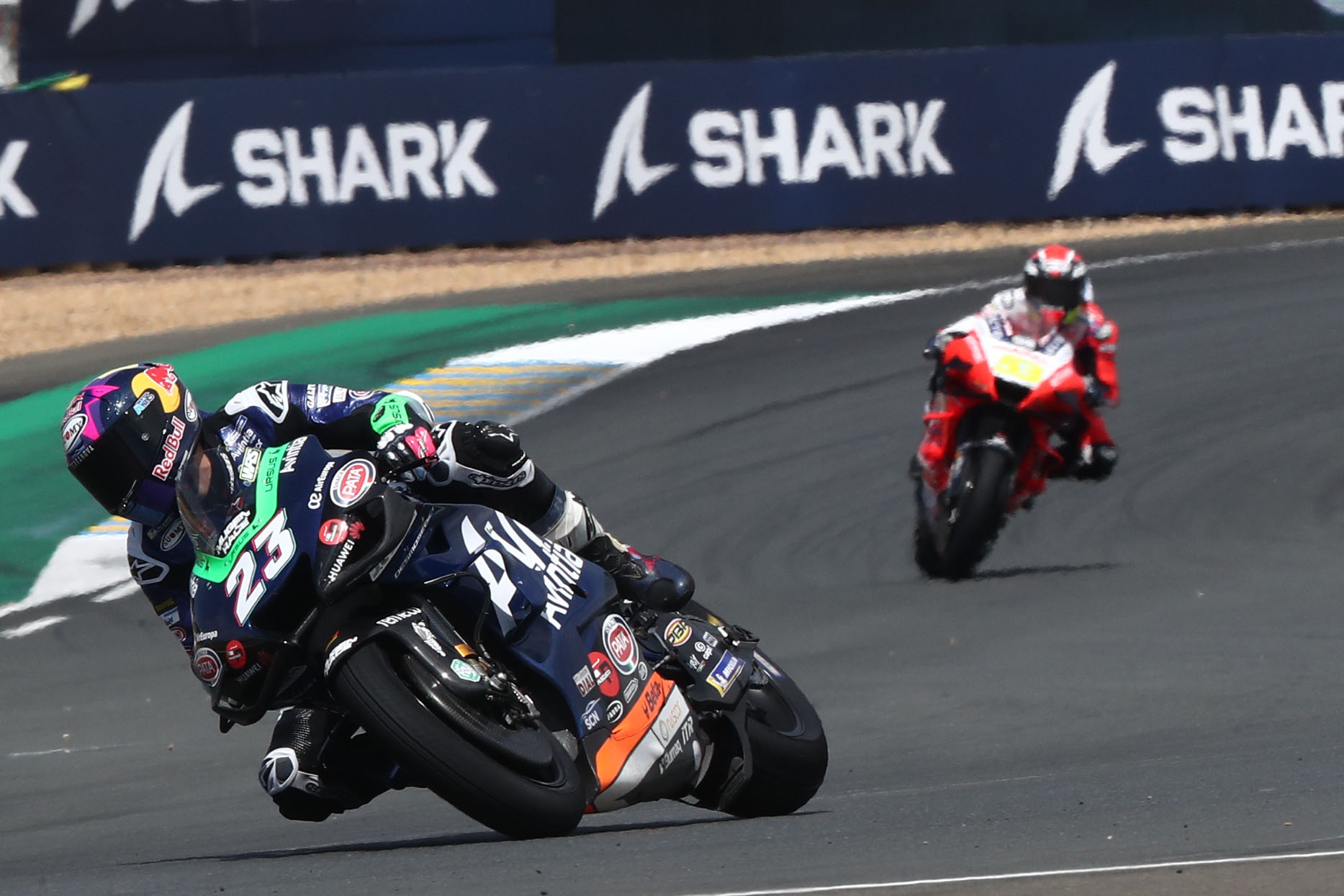
On the other side of the garage, it’s been a considerably faster adaptation to MotoGP for Bastianini, who wasted no time in getting himself up to speed. Only missing out on the points once this year at Jerez when he crashed, Bastianini’s otherwise been racking up solid finishes to leave him sitting 13th in the championship and with a best result of ninth.
Yet despite his strong start to the year, it’s likely Bastianini who is going to find himself shopping for a new ride next year, thanks to VR46’s takeover of his team.
The second seat in the newly-incorporated Rossi outfit is all but destined for Marco Bezzecchi, as the hottest talent of Rossi’s academy. He’s not had the perfect start to the Moto2 season he began as clear favourite, but that shouldn’t stop Rossi’s plans to promote him to MotoGP.
So where does that leave Bastianini? Well, the reigning middleweight champion is currently tied to a Ducati contract, on a two-year deal with the brand.
But with Jorge Martin and Johann Zarco unlikely to move from Pramac Racing and with Jack Miller and Bagnaia secure at the factory team, none of them are going to move aside for him.
That means that his hopes of remaining a Ducati rider are bound to Gresini Racing’s next move, as the team debates whether to remain a part of the Aprilia structure as it goes back to independent status or to link up with Ducati.
A Gresini deal would give Ducati eight bikes on the 24-strong grid – a long way removed from series promoter Dorna’s ideal scenario of six manufacturers with four bikes each.
Gresini has an offer on the table from Aprilia to provide it with two factory-spec bikes for around €3million – an attractive deal when you take into account that Dorna pays each independent team €2m per rider from it pot of TV money.
The Ducati deal is likely to cost Gresini close to double the Aprilia offer – but of course comes with an already proven race-winning bike.
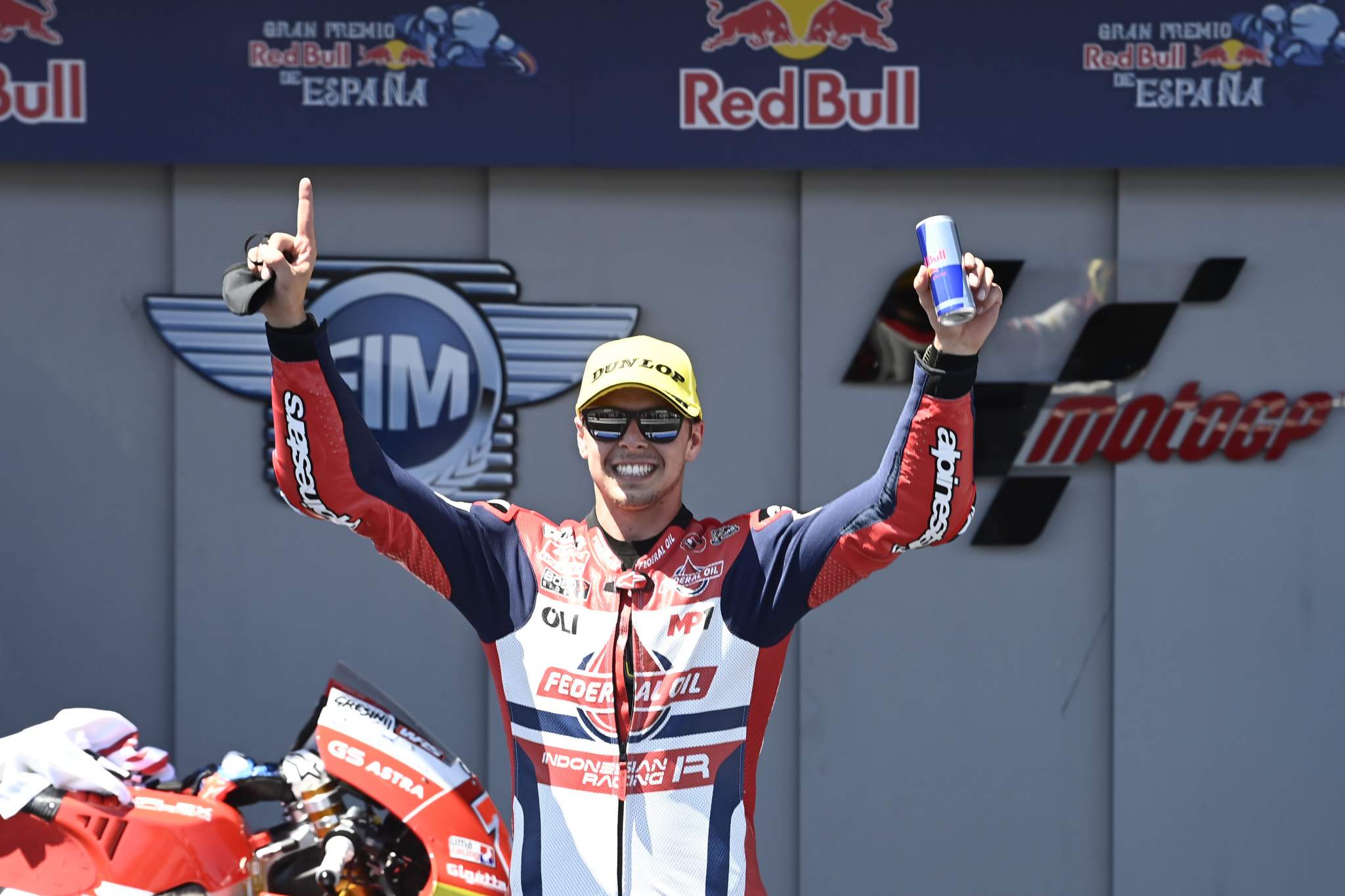
Gresini also has a rider already signed up, too – its Moto2 talent Fabio Di Giannantonio has a deal for 2022 with the team that should mean he slots in alongside Bastianini should Gresini opt for Ducati – or at least as one of its riders should Aprilia be the call.
And while Bastianini might not be a huge fan of the option to jump onto Aprilia machinery, if the late Fausto Gresini’s team remains with the Noale firm next year it might be Bastianini’s only choice given that there’s going to be no other options on the table.
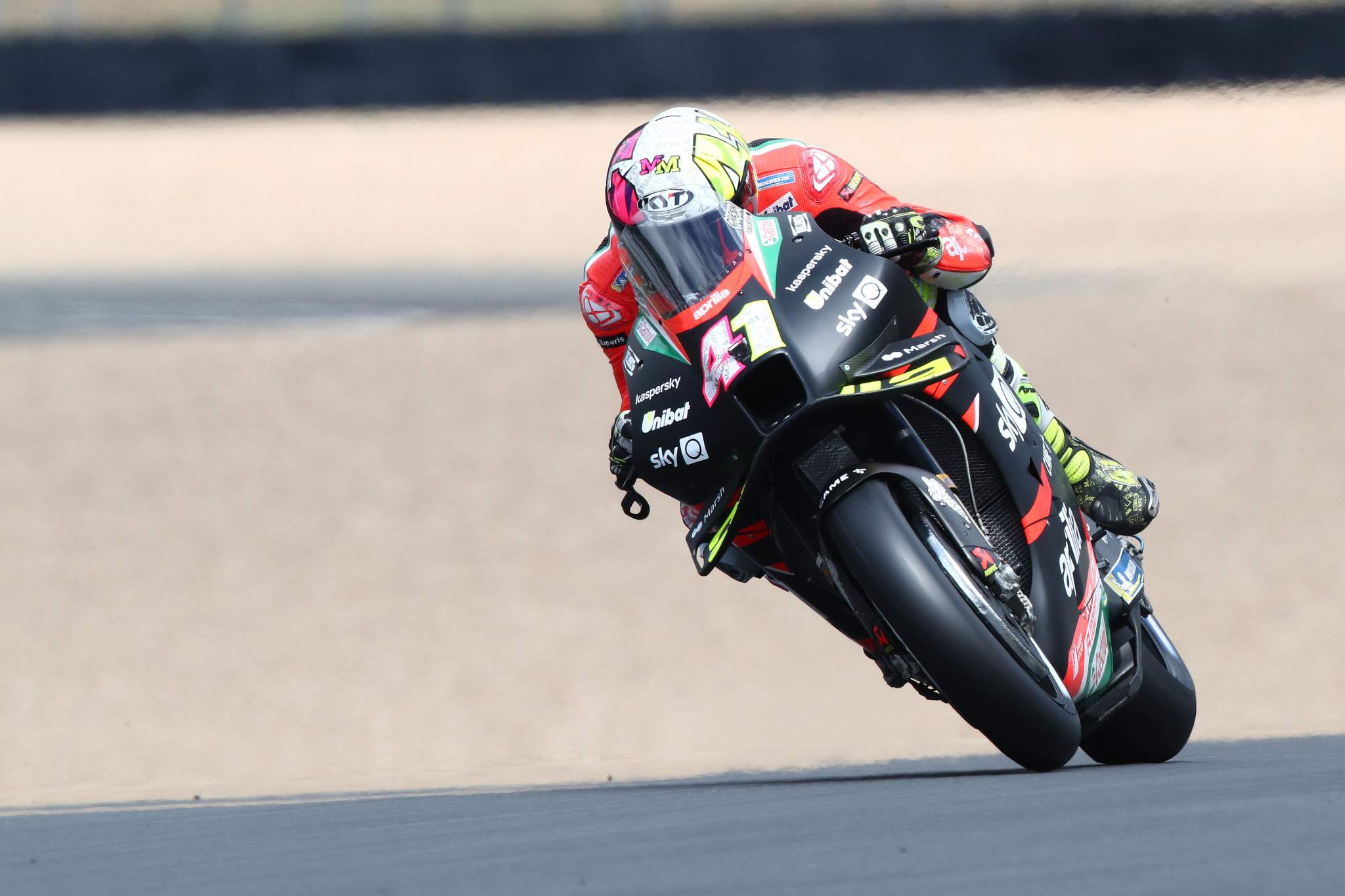
The RS-GP has improved dramatically in the space over the last 12 months though, and particularly since both Bezzecchi and Di Giannantonio turned it down at the end of the 2020 season.
Increasingly good results for Bastianini could be enough to leverage him into a full factory Aprilia seat alongside Aleix Espargaro – if that isn’t taken by Andrea Dovizioso – and Bastianini might find that by 2022 it’s a much more competitive place to be than he once feared.


